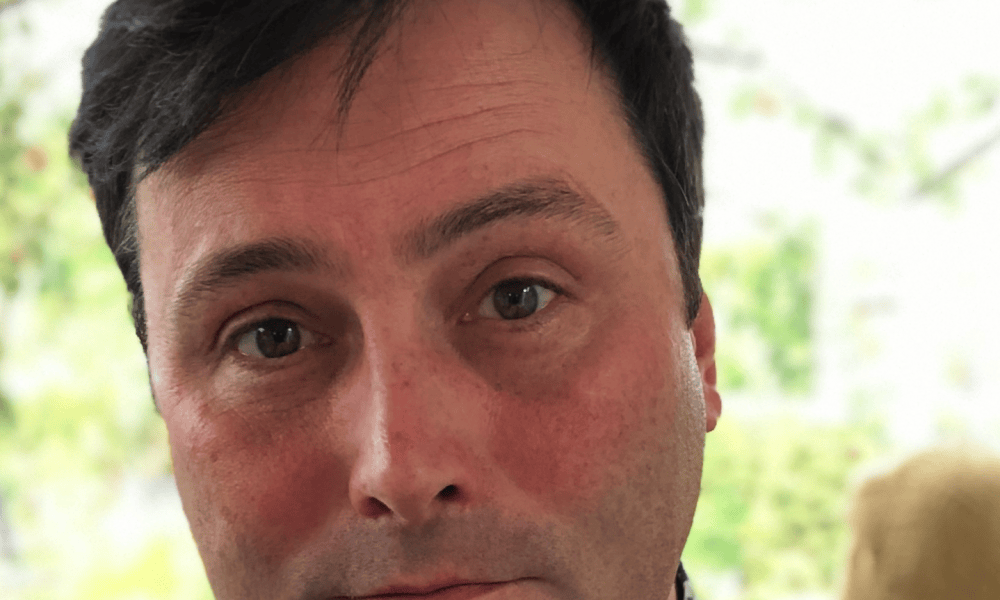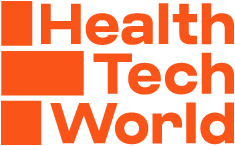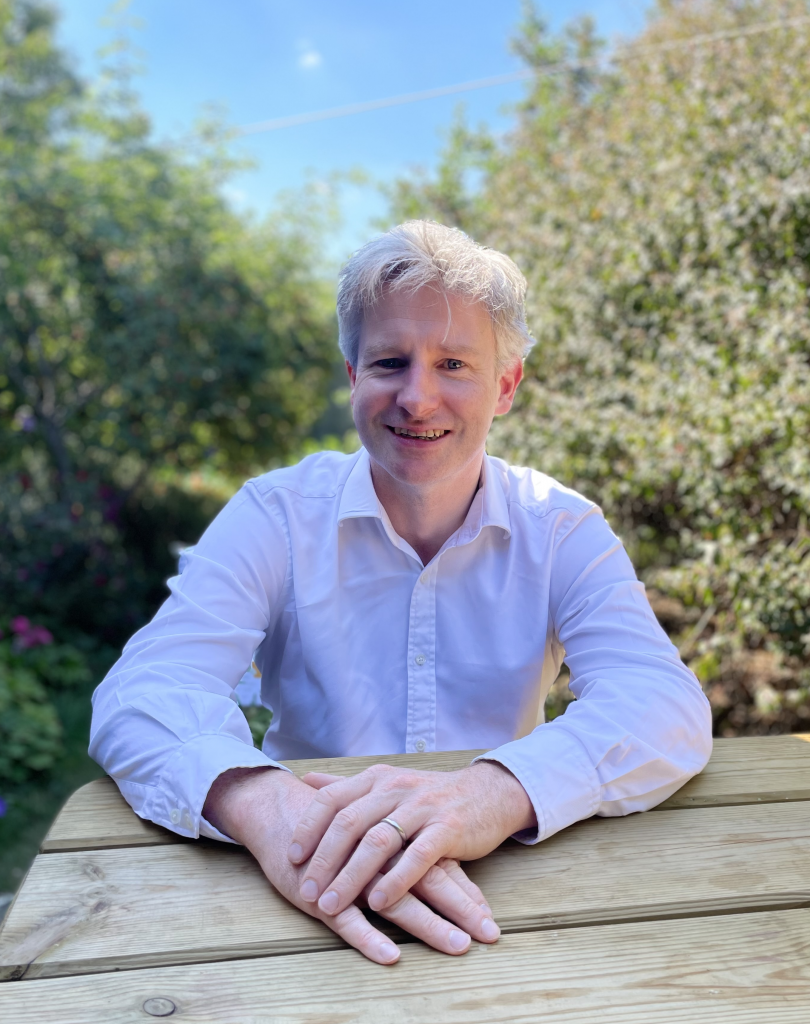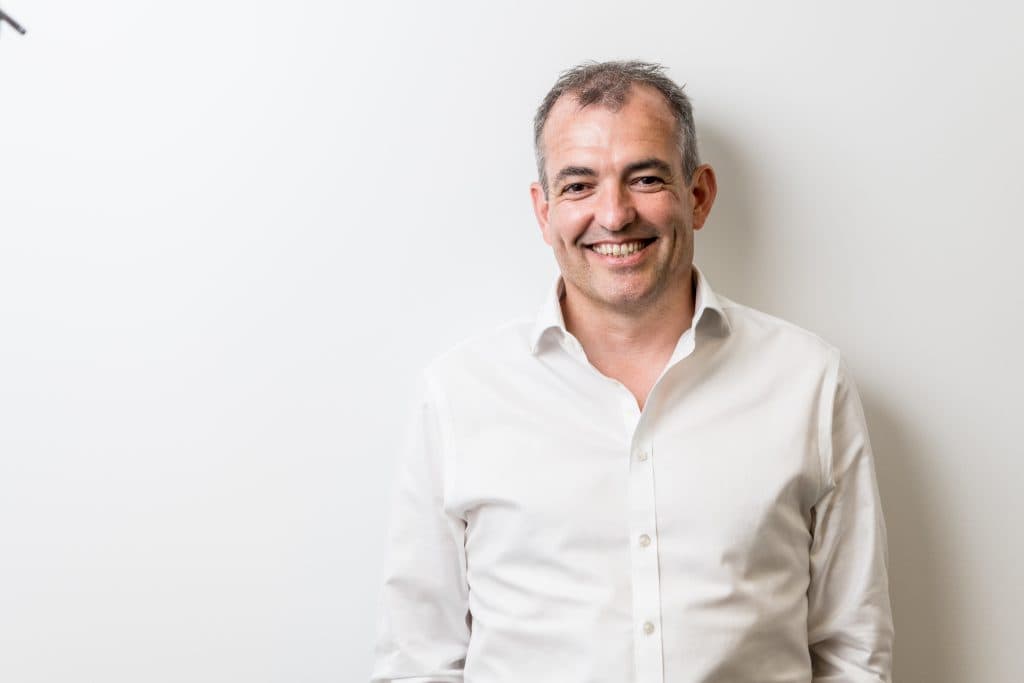
At first glance, it almost sounds like an oxymoron. Digital chemistry. Surely there is nothing more analogue than how the building blocks of our world interact? Chemistry is all about lab work and real world experiments, no?
All true, but digital chemistry – using computational techniques to solve complex chemical challenges – is a rapidly growing space (8,394 job postings worldwide on LinkedIn as I type).
As we make advances in computer algorithms, artificial intelligence and machine learning, digital chemistry is becoming a vital tool for companies involved in any industry that relies upon solving chemical problems, from packaging to paint.
Nowhere is that more true than in healthcare, particularly drug discovery, where there are often high failure rates (over 96 per cent).
Digital chemistry has the potential to change this. For too long, however, there’s been a divide within the pharmaceutical industry between digital chemists and medicinal chemists.
They’ve been siloed through inertia and a mistrust of technology, but this misses the bigger picture.
To overcome the pitfalls of traditional drug discovery, both skill sets are required, working in unison, as equal stakeholders – digital chemists playing a critical role in modelling and guiding the compounds lab chemists then synthesise.
It’s time to stop thinking about the divide between the two and focus on how both together can help improve healthcare outcomes for everyone.
The challenges of drug discovery
The chemical processes we have always used to discover new drugs are inevitably slow.
You must synthesise a compound, or test many thousands of existing compounds, test it in the lab, and then redesign it to better suit your needs before repeating the synthesis and testing again.
Lab work, research and validation all take time, which means timelines for new treatments are long.
They are also full of risk.
Most potential drugs brought to trial don’t work out: it turns out they aren’t effective, they have dangerous side effects, or require implausible dosing regimes.
All of these factors pose challenges that pharmaceutical companies must overcome, but it means many are often disincentivised from working on diseases where the addressable audience is not large enough to be worth the risk.
As a result, rare conditions – where the patient population is, by definition, small – are left without an effective treatment (sadly, there are 7,000 rare diseases in the world, but only 5 per cent of which have an approved treatment).
How can this process be optimised? One area to focus on is where, and how, you choose to start.
Chemistry has always relied on human endeavour here, but given the vast number of potential compounds that theoretically exist, what if you could use computing power and AI to identify potential drug candidates that might work faster, and more effectively?
Enter digital chemistry.
The rise of digital chemistry
Digital chemistry as a term is new, but the concept at a fundamental level isn’t.
The idea of using computers (or in silico methods) to guide advances in drug discovery dates back decades, starting out with simple (but large) databases in the 1960s and 1970s before evolving into modelling systems.
What has changed, though, is both potential computing power and the huge advances made in artificial intelligence in recent years that have led to more sophisticated, digitised chemistry methods.
These advances are needed because the chemicals we are dealing with are unfathomably complex.
There is a vast search space of small molecules – more than there are atoms in the universe in fact – and we couldn’t store them all on a database even if we could map them all.
But that’s just the start. We don’t just need to model compounds, we need to understand how they interact with one another, which is orders of magnitude more complex again.
So where do you begin?
If we didn’t use computers to tackle these vast numbers, we’re left with human interpretation, and ultimately human bias.
We often take starting points from natural products or from libraries of what others have worked on and published in literature and patents and try to alter them to make them more suitable.
But when we need to identify complex compounds with the profile we desire (not too big, hitting some protein targets but not others) in that huge space of possibilities, this approach means we could be missing many possible drug candidates.
This is why digital chemistry is so essential. By harnessing the power of AI to inform where we go next, we can narrow down the field of investigation.
And only once you start narrowing down your potential compounds for a drug discovery project can you start ranking them and then comparing them with each other.
By using a computational approach, the identification of candidates from within this huge number becomes possible, whereas a traditional chemistry approach has to work backwards, identifying a structure first and then asking, “What can I do to improve this one thing?”
Overcoming divisions
Integrating these two fundamentally different approaches (one working forward, one backwards) has sometimes been tricky, however.
Every major pharmaceutical company has digital chemistry teams now, sure.
But they’re often still siloed, which limits innovation (at one company I once worked at, for example, our team was in the basement with not a window or slither of natural light to be seen. We were literally out of sight and out of mind).
As a digital chemist you’re often met with suspicion when working alongside chemists – I’ve heard all the jokes in my years working in the space. That’s not a slight against traditional chemists, though – it’s just human nature at work. Scientists should be sceptical.
Veterans of the 1980s and 1990s will be able to recall earlier hype bubbles around computational chemistry, when early proponents made optimistic predictions about its potential before coming unstuck when it turned out software of the time was far from being able to model the behaviour of even ‘simple’ water molecules accurately.
And in more recent times, some machine learning approaches have come under scrutiny from chemists, who have questioned the relevancy and accuracy of their results based on the training data used (the solution, of course, just as with regular chemistry, is more and better data).
But as the scope of recent advances is becoming clearer – in July, for example, DeepMind released accurate 3D models for every protein ever mapped, all 200 million of them – these attitudes are changing, slowly.
What needs to change now is the balance of responsibility.
Computational scientists should not be support or service entities for projects led by experimental chemists, as I so often have been in previous roles: they should be equal stakeholders in drug discovery project teams, working hand-in-hand with medicinal chemists, because the need for guidance at scale has never been more pressing.
So long as we continue to classify them separately, the siloes will remain.
Only by recognising the vital role that AI and digital chemistry have to play can the healthcare and biotech sectors unlock the true potential of all of our talented scientists, and focus their efforts at the most crucial junctures.
Digital chemistry and experimental chemistry are not two separate fields: they are one and the same.





